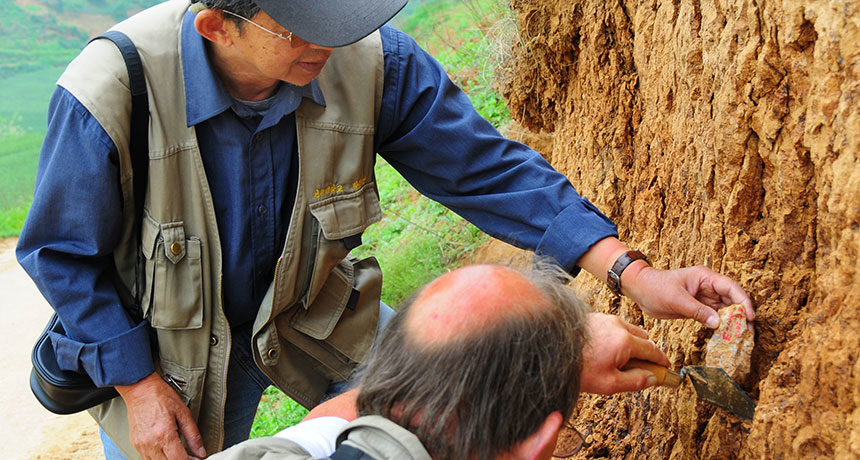
Some stone tools unearthed at China's Shangchen site date to roughly 250,000 years before what was previously the oldest Eurasian evidence of Homo, say geologist Zhaoyu Zhu of the Chinese Academy of Sciences in Guangzhou and his colleagues. Toolmakers visited the Chinese spot on and off until as late as 1.26 million years ago, the scientists report online July 12 in Nature. No hominid fossils have been found at Shangchen.
Until now, the Dmanisi site, in the western Asia nation of Georgia, had yielded the oldest hominid remains outside Africa. Homo erectus fossils unearthed at Dmanisi date to between 1.85 million and 1.77 million years ago (SN: 11/16/13, p. 6).
"An early form of Homo probably made the Shangchen artifacts, but it's too early to say if that was H. erectus," says coauthor Robin Dennell, an archaeologist at the University of Exeter in England.
After learning how to make stone flakes sharp enough to slice meat off animals' carcasses around 2.6 million years ago, African hominids may have had the survival skills to fan out into Asia and reach Shangchen by 2.1 million years ago, Dennell says.
Whatever Homo species made that roughly 7,000-kilometer journey, Shangchen now stands as the oldest hominid site in China by some 400,000 years, says archaeologist Michael Petraglia of the Max Planck Institute for the Science of Human History in Jena, Germany. Petraglia did not participate in the new study.
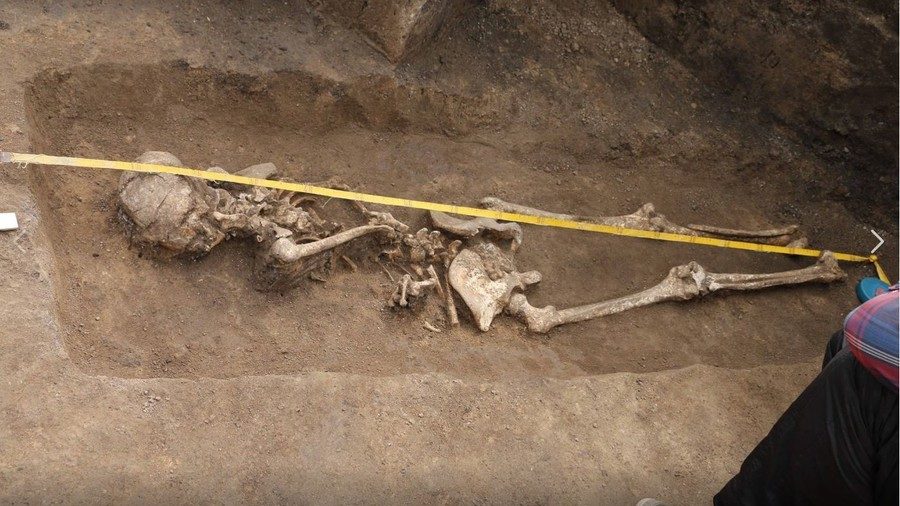

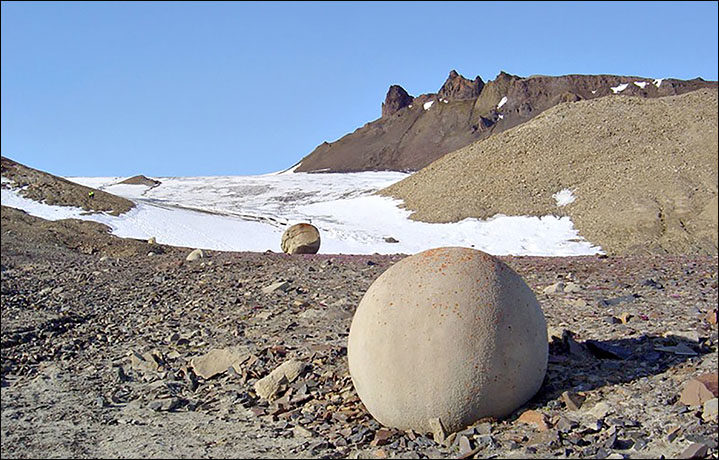
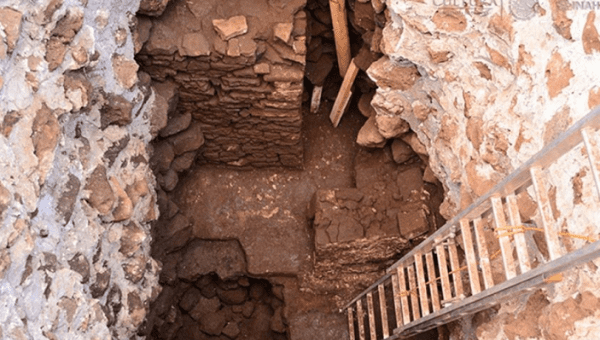
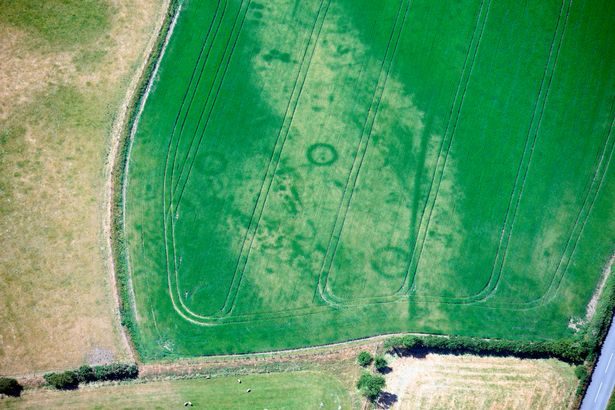

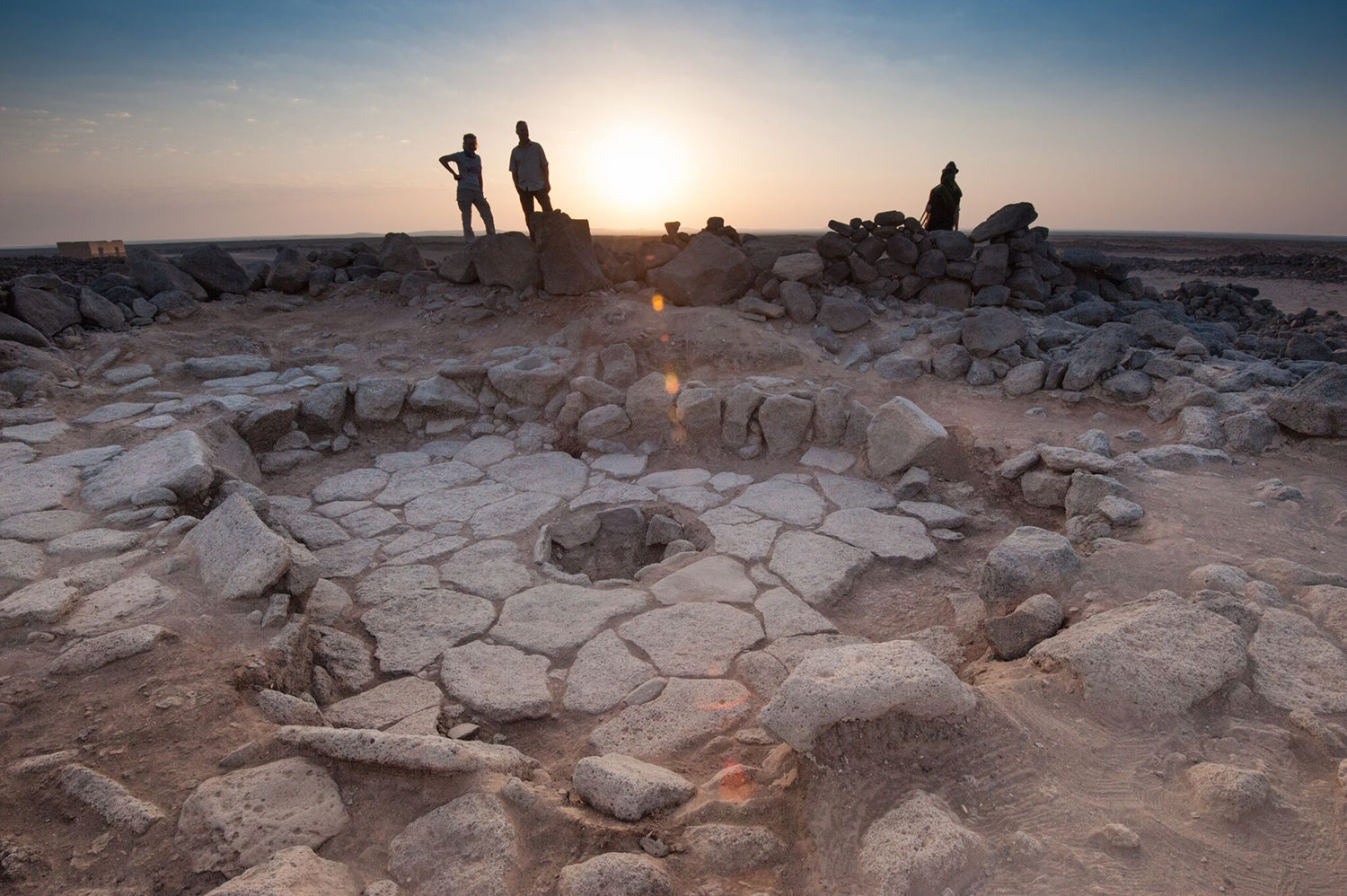

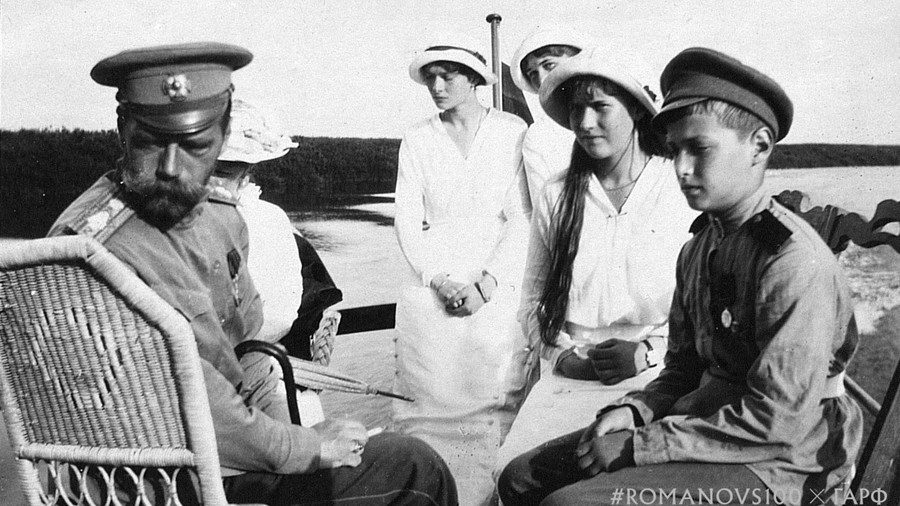



Comment: Given the content of this The Daily Mail hit piece, one could be forgiven in thinking they're closet Leninists.